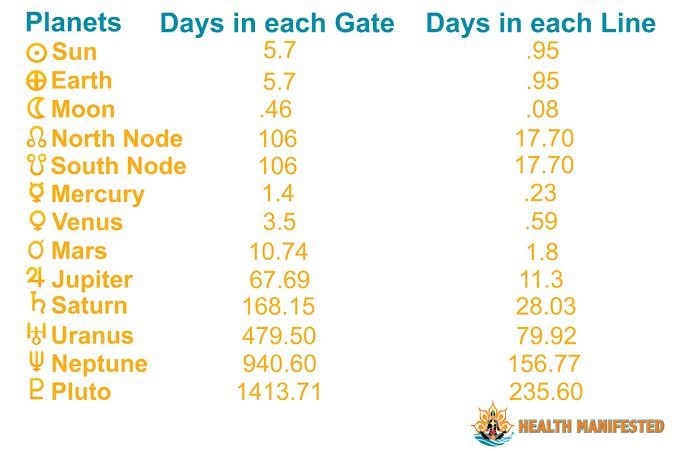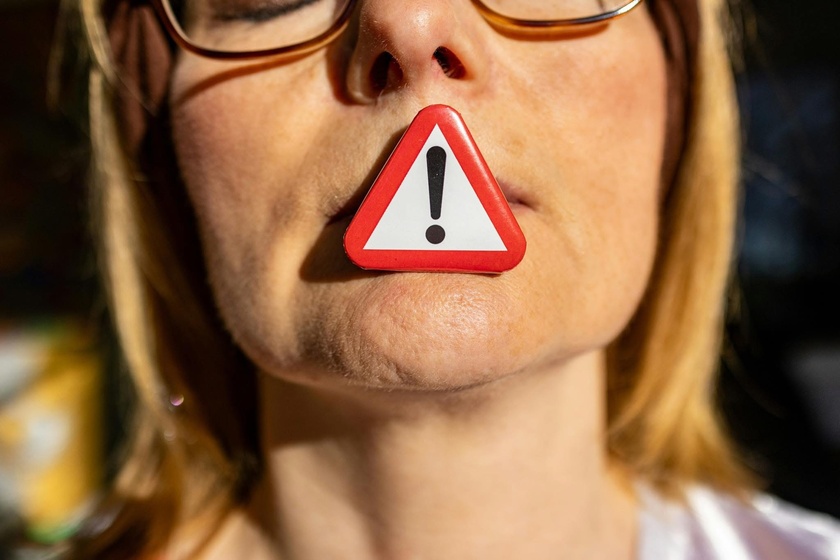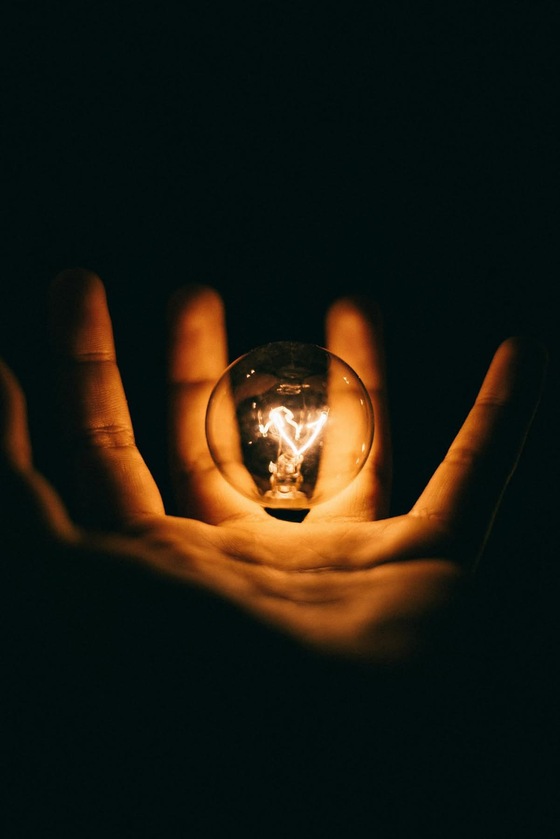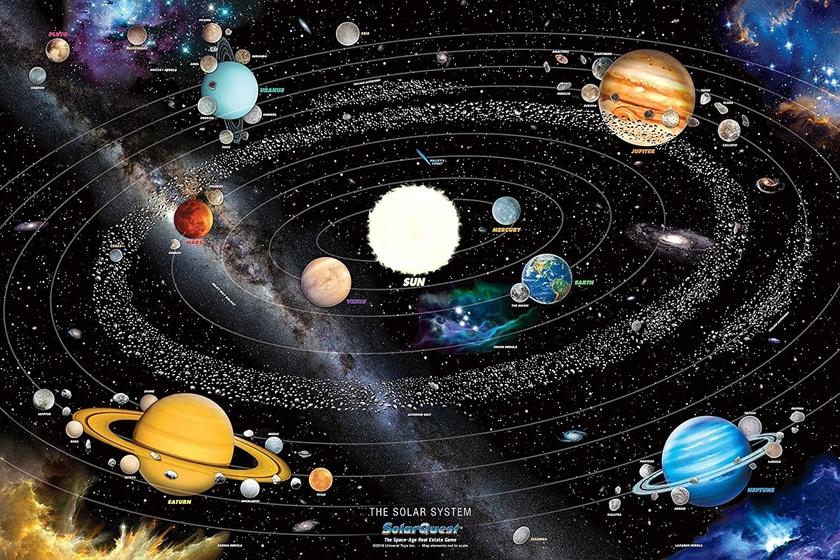Material Environment: Best Relationships with the Other (Color 2 - Markets)
This starts off with a nice peek into what Line 2 personalities (hermits) are about, but then it’s all about Color 2 Environment…. and basically explains Planet Andrea 😊
I also have Color 2 Determination-Taste and Tone 2 (also Taste) … so lots of 2 this and that operating over here 👈🏼
Funny side note as you read this - I also am married to a Cave environment person and two of the kids also are … wild eh?
I guess you’ll see what I mean once you’ve had time to take this in - or not.
Would love to find the source of this to be able to describe other environments more deeply.
Maybe I’ll investigate. :)
I thought the point about environment not mattering except in the context of interacting with others was an interesting addition. 🤔
“And what are hermits? Hermits lock themselves into the fixed pattern and reliability of whatever their hermit's place is so that they can recognize the call when it comes, the thing that will change the maia.
And in recognizing the call in the classic 2/4 configuration, the missionary that rises up and goes out and externalizes and influences everybody with the information.
So there is something different in the 2nd color.
It is much more rigid, it is much more demanding, and it is much more sensitive because there is so much that it doesn't want to bother with so it can have its fixed, reliable pattern.
Now, let’s think about it in terms of our nodal environments.
We saw last week “caves,” and we saw that fundamentally this is a protective, sheltering environment.
But of course, what is that quaint expression? The world is a business. The world has always been a business.
Of course, this is, in essence, what markets refer to. You need to understand that these keynotes always have to be deconstructed.
In a sense, the market is an evolution in the development of human social contact. Because remember as we‟re moving through the 1st to the 6th color in this nodal [environment] perspective, we’re looking at the evolution of social interaction.
We know that the cave was very limited. We know, for example, that the cave was immediate family, close, closed tribe.
But the market, in the market is where one clan meets another, where one tribe meets another, where one representative of one clan, one tribe, whatever—I have mastodon tusks, and you have whatever.
But the thing to recognize is that markets represent this first step out into the social domain and it is a social domain that is rooted in enterprise, business, the commercial, the material, any way you want to describe that.
In other words, these are beings whose natural environment, their healthiest environment is their business environment.
So, it’s these people, for example, who feel wonderful when they finally get out of their house and go to work [markets-external].
Or these people who feel fantastic when they can finally run their business from their home where suddenly things are so much easier [markets-internal].
These markets—what they really represent is a social methodology.
In the cave, you don’t get to meet new people unless they’re born. I mean, the cave is very isolated and closed off socially.
It tells you a lot about cave people. Cave people aren’t going to have these vast numbers of different kinds of people walking through their caves, they won’t. It'll be the modern variation of what kith and kin is, the clan or the tribe or whatever, but it is going to be limited.
But market people are very different because these are the people that their social dimension emerges within the business frame.
It’s the waiter or waitress whose entire social life is in their work, as an example.
In other words, what we had in the development of our societies, our cultures, is that it all began, basically, with the beginning of two very important phenomena.
That is, the control and husbandry of creatures, of cows and sheep and goats and pigs and whatever, and of course, agriculture.
And when you put those two things together, there was no need, to begin with, for all of the males to be going out on hunting binges, because there were these docile sheep that were in the pen.
The whole nature of how you get your share of the food became literally what you were going to do in this life.
And one of the things you get to see in the duality of the 1st and 2nd, because it‟s a fascinating duality to look at, is that here in the cave you have the family life and the family environment is the healthiest, and here in the market the business environment, or the business social environment is the healthiest.
In other words, you can see again this basic binary between the 1 and the 2.
Again, something that is so interesting is that it’s the 2 that carries with it this resonance to the potential that’s in all 2s that not only are they equipped to be in the market, but because it is an advantage to their aura in the sense that it diminishes the resistance that is there and because of the underlying theme of the 2, this is the possibility of quite literally being able to take advantage in those markets and take advantage in a positive way.
Because a little bit of knowledge is always a dangerous thing, there is obviously a very, very deep material meaning here.
I guess you can smell that by now. It obviously says very clearly that in terms of the nodal design configuration, which is one element of many, after all, that this is somebody that has an underlying potential for the material plane as long as they’re operating correctly, and they‟re going to have a greater potential on the material plane than others, which is also interesting.
But again, everybody has their thing.
In the same way that the cave people are going to have deeper relationships with their family, the market people are going to have deeper relationships with their customers, or their clients or their patients, or their “this and that,” whatever the case may be.
So when you’re looking at this market, basically what you're looking at—again, remember the real key here in understanding the nodes from the design side is always to see it within the context of its social value, it’s about the other.
We know that the internal [determination/digestion] is about you, only you.
About your brain system, your potential for perception, your potential for cognition, it’s only about you, and it’s only about eating the way that is bringing out your uniqueness and all of that.
But at the same time that the Sun/Earth is bringing you the potential of your uniqueness, your nodes are saying, excuse me, but, Mr/Ms Unique, you have to live in the world with the idiots, the not-selves, the freaks, the relatives, the employees, the colleagues, the this and that.
And this is the thing to keep in mind about the nodes.
If you're going to live totally isolated, separate from the rest of the world, you don't have to pay attention to it, because the nodes are about your relationship with the other and how to minimize in this not-self world the dysfunction in the maia that the other brings into your life.
And whether you’re correct or not, there is the weight and the pressure of the incorrectness around you.
Material Environment: Best Relationships with the Other
It’s always within the social frame. So, within this social frame you need to see that these beings who are 2nd color nodally that it is this material environment where they can best have their relationships with the other.
It means something. It says they're going to struggle in their relationships with their family, because here is a binary, here is a polarity.
They’re going to be much more comfortable in relationships with those people that they work with, that they sell to, that they buy from, anything having to do with the material interaction.
So their environments can be many things.
And we see quite clearly here that we have a distinction, an obvious distinction that maps the language of PHS itself.
That is, we see internal on one side, speaking Left, and external on the other side speaking Right.
You would think that should be reversed. You would think that the passive would be internal, that the active would be external. But they’re not.
Let’s take a look at it.
So, we know that market is where the social dynamic of this individual is going to operate at its best.
It means it’s going to meet the least resistance because it is an environment that is associated with materialism it means that it can bring advantages to it materially.
Not only that, but all of that is enhancing for the longevity of that being, and let’s say that they are fixed Left. If they are fixed Left, they are fixed to the internal.
One of the things to see about this internal/external is that the internal is deeply re- lated to the cave, deeply. In other words, when you're looking at the internal here, this is the attempt, in a sense, to deal with the dilemma of not having the family relationship, of bringing the business into the home.
Now, in most cases you don't see it as the business being brought into the home, you see the little family store where the family lives upstairs and the business is downstairs or in the back room or wherever the case may be.
And in fact, the whole thing is, in a sense the home. This is the internal.
And the external is literally external, out; out of the home, totally away from the cave, the real extension of that.
By the way, that external doesn’t mean that it is best for these beings to do business in outside markets, because in fact, if you keep in mind what we're looking at here when we’re dealing with the lower is that we're dealing with the hardscape. We’re dealing with a world of boxes.
Here in the context the internal box is simply bringing the business into the home environment.
Here the external is leaving the home environment and going out into the world.
By the way, being the business, being in the internal environment leads to it being observed and the being in the external environment goes out into the world as the observer.
Markets—if you look at the 2, one of the things that you'll see is that, if we’re looking at this as a social evolution, that the first thing that came after survival was business.
It was the first thing that came.
It is natural in human beings to trade. It is natural in them.
And it’s important because I had that earlier in today’s class with the first year class when I was talking about the 2nd tone, Left fixings of the 2nd tone.
And talking about its remarkable gift in terms of, as a cognition, how it is the bedrock upon which humanity as a species is able to handle changes in the maia.”
-Ra Uru Hu
Image sourced by Gaia



















